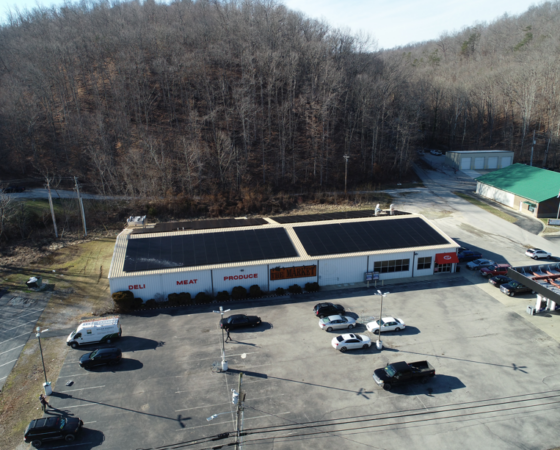When talking about Appalachian transition, we often think of the region working towards a new economy that is just and resilient. Another part of the transition is figuring out how to ensure that important public infrastructure like roads, utilities, and even public education make the transition into the new economy as well.
News stories have recently been abuzz with the challenges that eastern Kentucky and other Appalachian communities are facing in dealing with faulty and aging public infrastructure—most pressingly water systems– a problem that unites them with other rural areas and Rust Belt cities across the nation.

In February, The Huffington Post published the article “Eastern Kentucky’s Struggle With Water Symbolizes America’s Crumbling Infrastructure.” The story focuses on Perry County, Kentucky, where nearly 9,000 county water customers faced shortages recently during cold winter weather—some were without running water for a month.
The New Republic also ran a story in February focusing on another issue of rural water systems—not just shortages, but also quality water to drink and bathe in. “Rural America’s Drinking Water Crisis” highlights the long standing struggle of residents in Martin County, Kentucky to secure quality drinking water. Since 2012, the county has had 36 clean water violations, according to an L.A. Times article in which Martin County’s problems were also the focus. Since these stories were published, Martin County’s Congressman, Hal Rogers, and Kentucky Governor Matt Bevin have worked to find nearly $5 million in funding to help improve Martin County’s water system.
Eastern Kentucky’s water vulnerabilities are ones that it shares with communities across the country. As The New Republic notes, “ from Appalachian Kentucky to the Texas borderlands, millions of rural Americans are subject to unhealthy and sometimes illegal levels of contaminants in their drinking water, whether from agriculture, or coal, or plain old bad pipes.”
As communities cope with current problems in quality sourcing of water while also looking to the future, conversations about water security will continue to be a pressing issue that will require engaged citizenry, effective democracy and creative, collaborative problem-solving to truly bring fair and resilient solutions for everyone.





